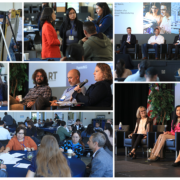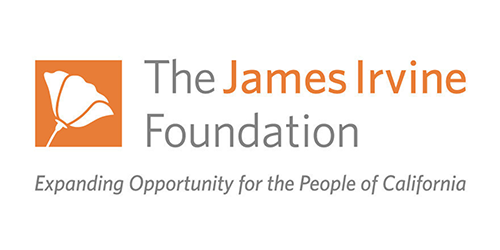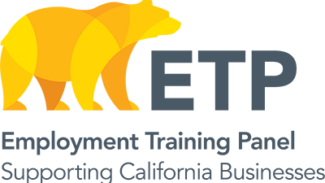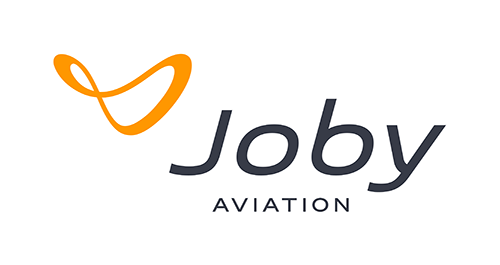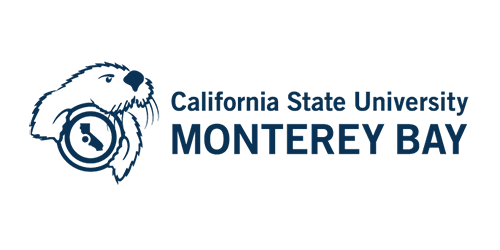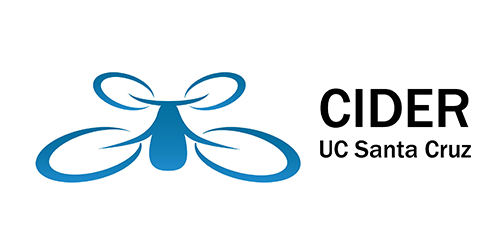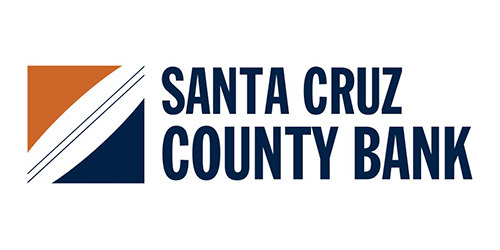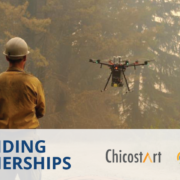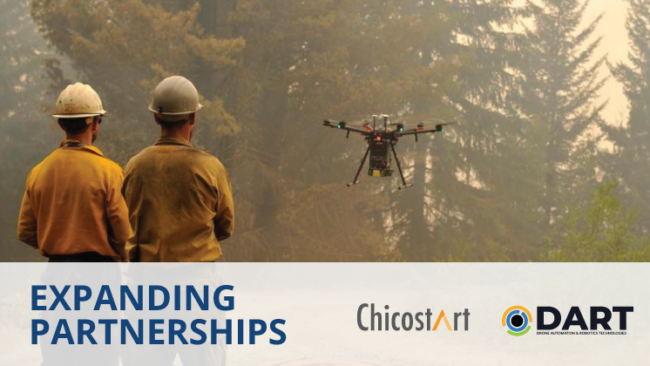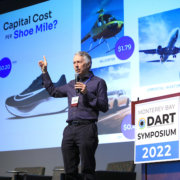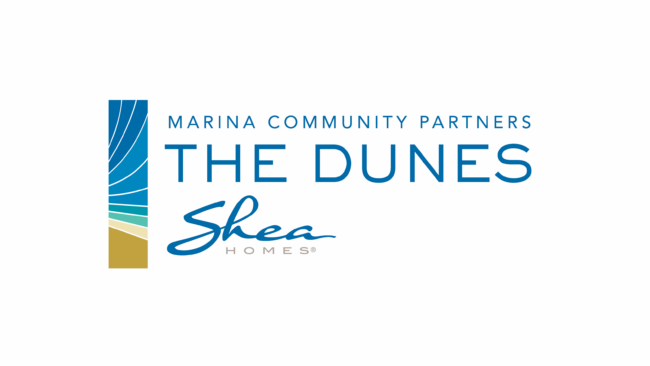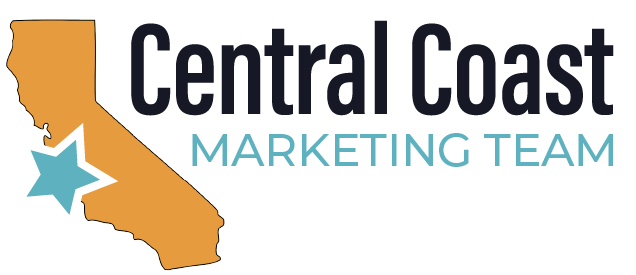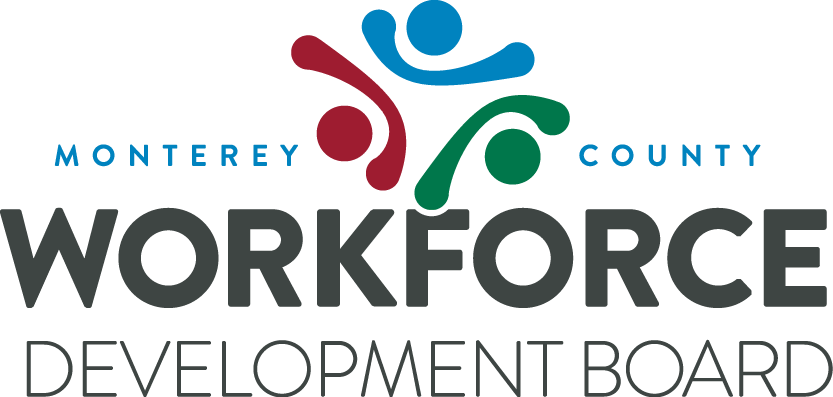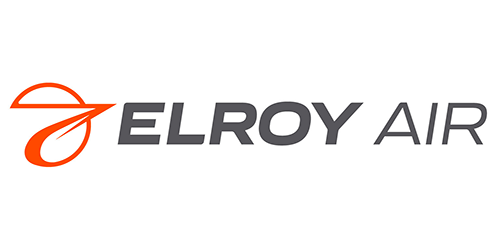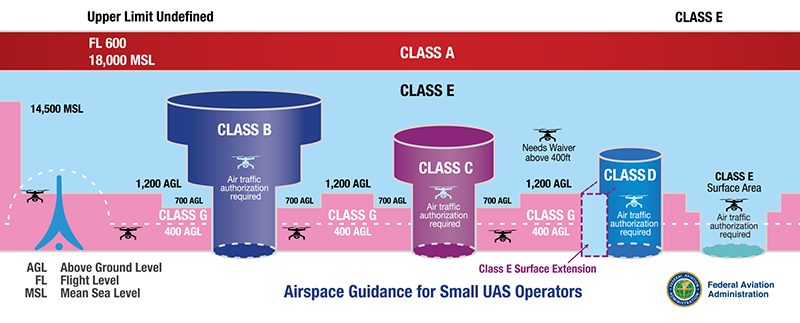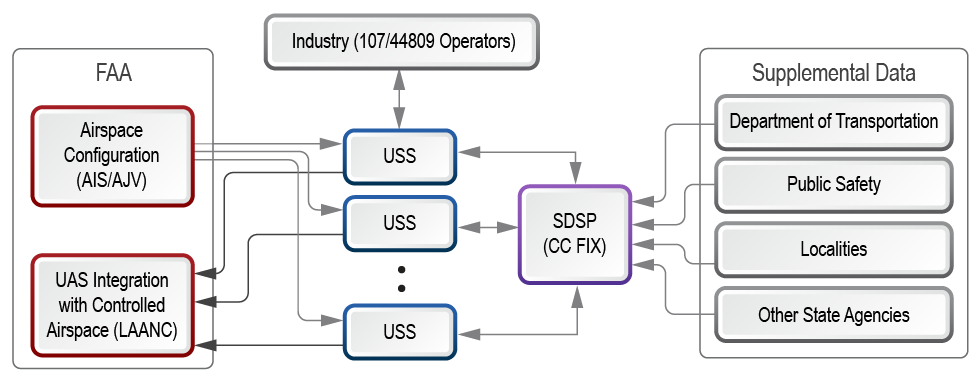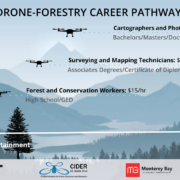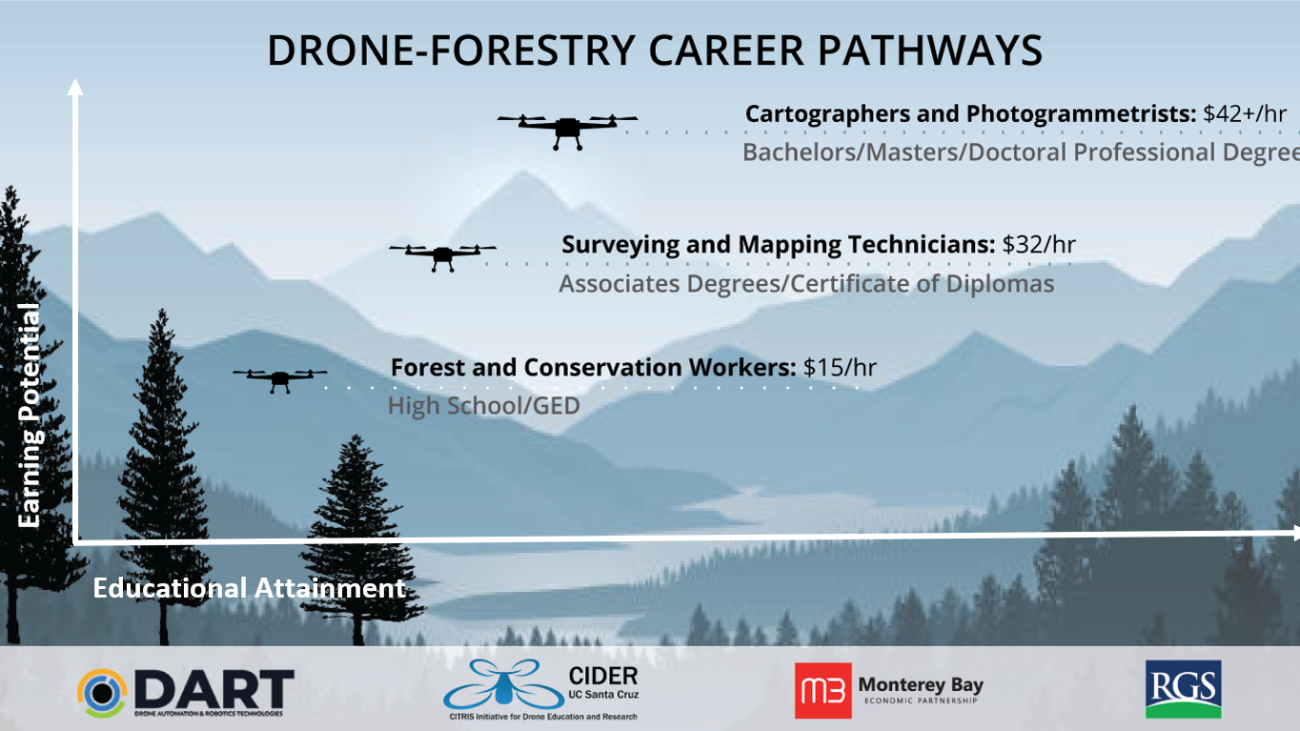2023 Monterey Bay DART Symposium Unites Industry, Academia, Government and Communities
/in Agriculture, CC-FIX, DART Symposium, Entrepreneurship, Higher Education, Innovation, James Irvine Foundation, Mobility, Natural Resources, Transportation, UAS Operations, Urban Air Mobility, Venture Capital, Workforce/by Jen SimonFOR IMMEDIATE RELEASE
Marina, CA, November 7, 2023 – The 2023 DART Symposium, held at the CSUMB University Center from October 11th to October 13th, concluded successfully, marking a milestone event in the world of Advanced Air Mobility, Unmanned Aerial Systems, Agricultural Technology, and Inclusive Economic Development. With a diverse range of insightful discussions, workshops, and notable speakers, the symposium lived up to its promise of facilitating collaboration, knowledge sharing, and inclusive cross-sector engagement.
**Day 1 – Community Integration**
The first day of the symposium kicked off with an enlightening Advanced Air Mobility (AAM) Short-Course, hosted by the Community Air Mobility Initiative. This workshop provided state and local decision-makers, agency staff, urban and transportation planners, and interested individuals with a comprehensive introduction to the emerging world of advanced air mobility.
Symposium participants had the exclusive opportunity to join the Joby Aviation at Marina tour, gaining a behind-the-scenes look at Joby Aviation’s advanced manufacturing facilities at the Marina Municipal Airport.
At lunch, Josh Metz, Executive Director of MBDART, and Ken Smith, Lead Organizer of the Salinas Inclusive Economic Development Initiative, extended a warm welcome to all attendees. Senator Anna Caballero, California State Senate District 14, shared her insights on the importance of AAM to the California economy and to the Salinas Valley workforce.
In the afternoon, the Community Integration – Economic & Workforce Development Workshop brought together various stakeholders to discuss economic and workforce development opportunities and challenges related to advanced air mobility and agricultural technology adoption. The day concluded with the Airspace Integration Corridors & Central Coast Flight Information Exchange Workshop, exploring the potential for establishing safe and secure UAS integration corridors in California.
**Day 2 – AAM & UAS Economic Development Opportunities**
The second day commenced with a hearty breakfast and registration, followed by welcoming remarks by CSUMB College of Business Dean, Dr. Marylou Shockley. Matt Field, Chief Financial Officer at Joby Aviation, delivered an insightful keynote focused on Joby Aviation’s development and implementation pathway.
Two engaging panels delved into supporting continued AAM development (Moderated by MBDART Strategic Advisor/COO, Shari Tavaf), and the creation and management of airspace innovation corridors (Moderated by MBDART Co-Founder, Chris Bley). Notable industry leaders and experts led these discussions, shedding light on the state of research and development and the importance of innovation corridors.
The day continued with a featured, all-female leader panel (moderated by Community Air Mobility Initiative Executive Director, Yolanka Wulff), discussing government’s role in supporting AAM innovation and safety, followed by discussions on infrastructure, vertiports, and test facilities (moderated by UC Berkeley transportation futurist and researcher, Adam Cohen). Following that informative session, Fireside Chat with Carol Dietrich, Founder & President @Jump Aero Inc. and Dean Donovan, Partner @Diamond Stream Partners. Rounding out the day with exploring new return on investment opportunities in the AAM market (moderated by CSUMB College of Business Professor, Dr. Jennifer Kuan).
The evening concluded with a Networking Reception at the University Center, allowing participants to build valuable connections.
**Day 3 – Partnerships & Workforce Development**
The final day began with breakfast and registration, followed by an inspiring keynote from Daniel Theobald, Co-Founder & President of MassRobotics, setting the stage for discussions on agtech innovation and workforce development.
Panel discussions on public-private workforce development partnerships and community partners in workforce and economic development highlighted the importance of collaboration in nurturing talent and creating economic opportunities.
The symposium concluded with closing remarks, emphasizing the significance of partnerships and workforce development in the rapidly evolving AAM and UAS industries.
The 2023 DART Symposium was a resounding success, with participants and speakers leaving with a deeper understanding of the potential and challenges of the AAM and UAS sectors. The event fostered collaboration among industry experts, government officials, and community leaders, paving the way for a more connected and innovative future.
For more information about the 2023 DART Symposium and upcoming events, please visit https://montereybaydart.org/symposium/.
###
**Contact Information:**
Josh Metz Executive Director Monterey Bay DART (831) 254-8299

